More Polar Bases! Where Scientists Can Live and Work at the Bottom of the World
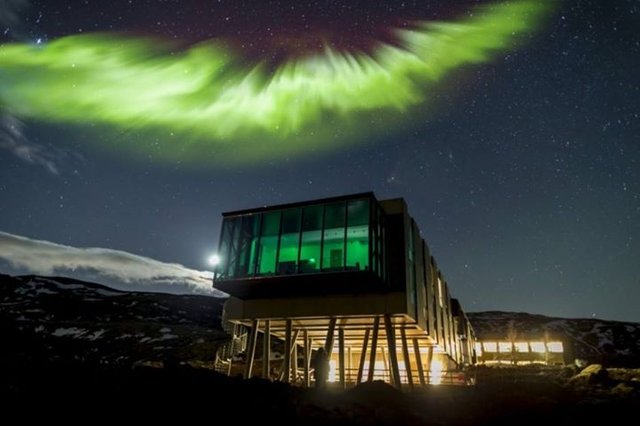
Since the first post about these marvelous habitats was so well received, I thought I'd share more of my favorite installations with you. There are just so many, and such a dizzying diversity of architectural styles!
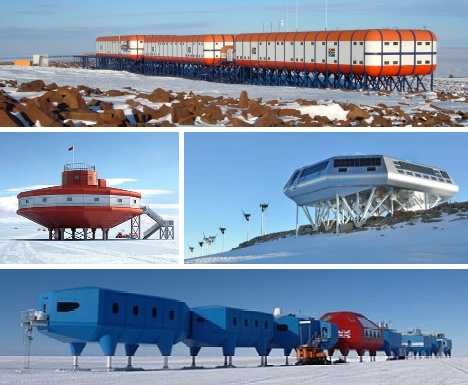
The first I'd like to cover this time is Queen Victoria Station, Australia's own Antarctic lab and the first to be powered strictly by wind and solar. The striking UFO style design seems at home in the most alien environment on Earth, besides the deep sea anyway.
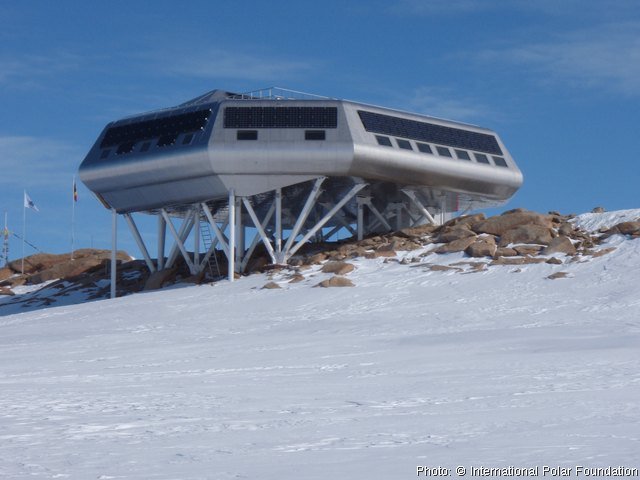
Perhaps that seems infeasible? After all there's no sunshine for half the year in Antarctica. While there is plenty of wind, ongoing maintenance of wind turbines in such a challenging environment would be a nightmare. By all reports however, it's working out as expected. I don't imagine it would've been approved for construction without plenty of engineers confirming that it will produce enough energy during real world use to keep the occupants warm.
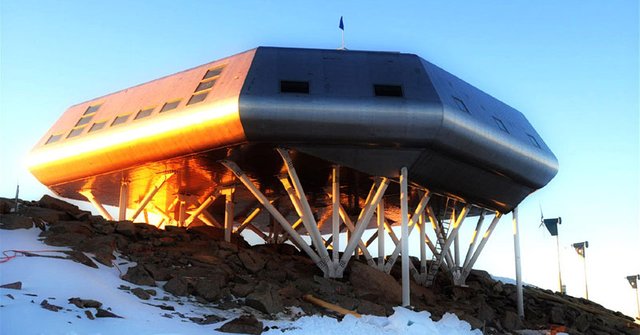
Next up is Neumeyer Station, Germany's Antarctic lab. It looks about how you would expect, doesn't it? Plain, sensibly designed, no frills, all business. It also seems to have a vaguely nautical design, which may owe to the fact that both large seagoing vessels and Antarctic habitats must endure extremely powerful winds.
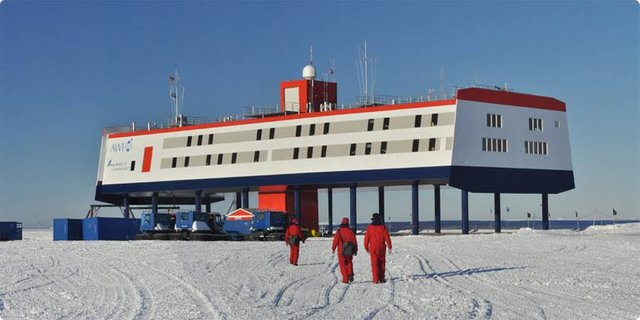
From Wikipedia: "In addition to the previously mentioned laboratories and accommodation areas, there is a south-facing lounge with many windows, a laundry room containing two washing machines and two dryers, a sauna, an information technology room, shower and washrooms, a dining room with a serving window connected to the kitchen, a conference room, medical treatment rooms, operating rooms, storage rooms, a refrigerated area, a dressing room, a room for the heating system, a planning and training room, and a water-treatment room."
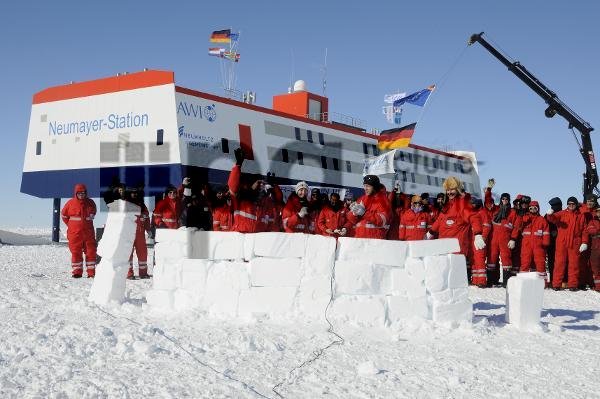
Next up is the American South Pole Telescope. Its own self contained outpost, the attached habitat supplies the scientists who operate this observatory with all the comforts of home while they probe the night skies for clues concerning dark energy and cosmological origins.
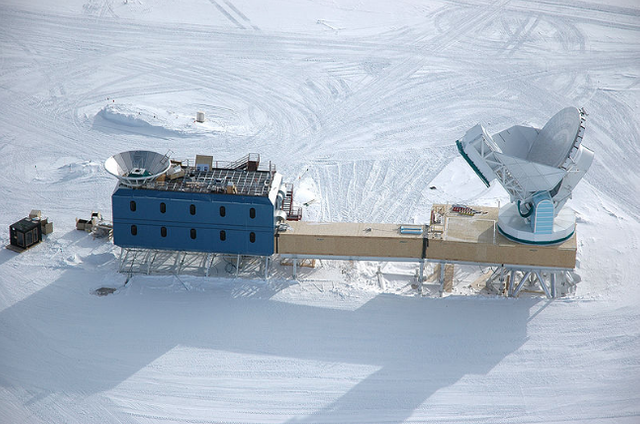
There's just something about these smaller outposts, like the Queen Victoria Station, which are even more charming to me than sprawling bases like Amundsen Scott. It's the same supreme coziness you feel while wrapped up in a warm blanket during a snow storm, peering outside through the window, sipping hot cocoa. The feeling of being in a little protective bubble, just out of reach of the elements, which isn't nearly as strong in the massive research colonies.
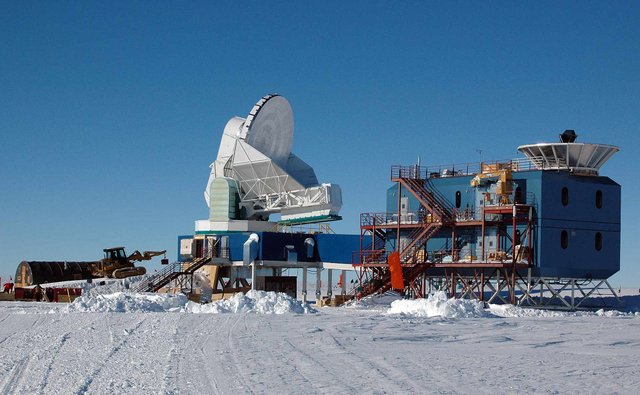
While poking around, I also found these wonderful cross sections of habitat pods utilized in the Spanish and British Antarctic bases, respectively. The same architectural firm designed both, and in fact seems to be doing great business recently as most of the new Antarctic base design contracts seem to be going to this one firm.
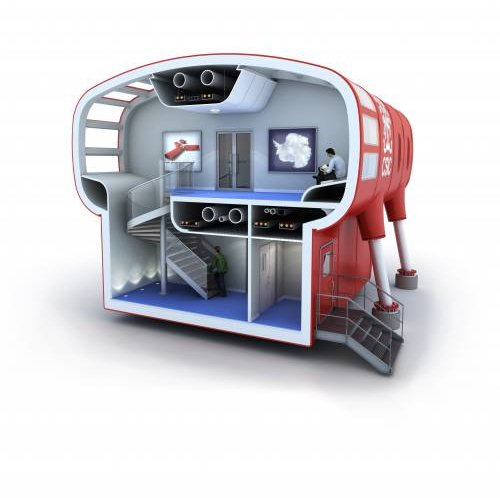
This section of the Spanish base, like the rest, is designed much like an unusually huge trailer. This is so it can be towed to a new location as the ice under it moves, carrying it steadily towards the sea. Note how thick the insulation is. Given that these bases run off infrequently replenished jet fuel, there is ample incentive to waste as little precious heat as possible.
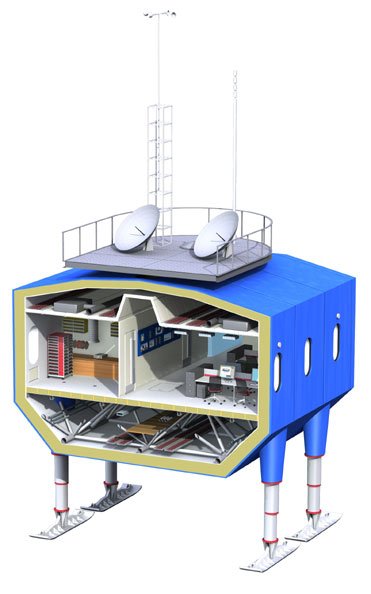
This cross section of the Halley IV British Antarctic base shows the same thick foam insulation which makes the most of the heat that's generated. Just like the Spanish base, every module is separable from the rest and can be towed to a new location. The design of these hostile environment habitats has always fascinated me because of what a challenging exercise in making use of limited space it is.
Absolutely every cubic inch of interior space is used for something. The structure is no larger than it absolutely has to be, as is always the case. Airplanes, ships, trains, the space station, submarines, undersea labs and so on, they all share this quality and I feel a great deal could be learned from it about how to design conventional housing more efficiently. I suppose that's why dome houses have been such a lasting interest.
So, can you foresee a future in which Antarctica is home to millions? Tens of millions? Hundreds? The next global super power, even? What would it take to persuade you to go as a civilian colonist? Or are you already eager to?
I'd go for a period of time, these structures look awesome. It makes me wonder what else is there